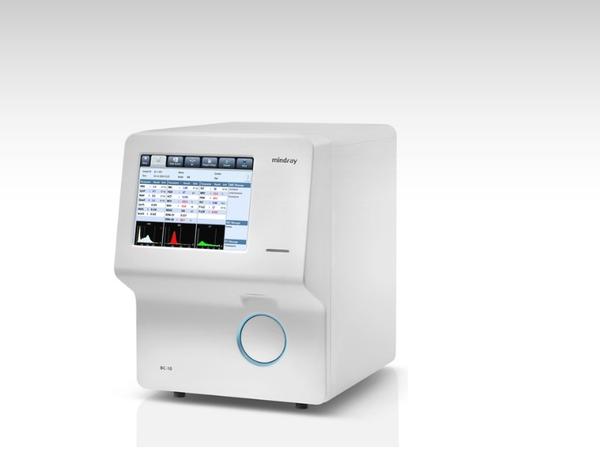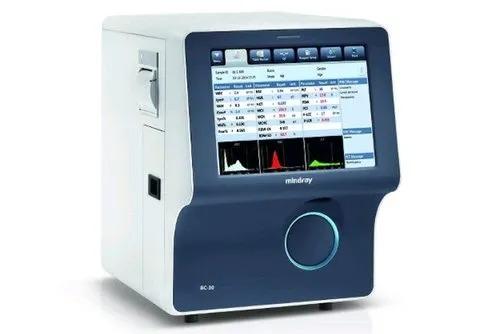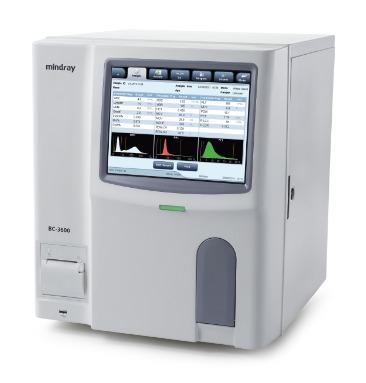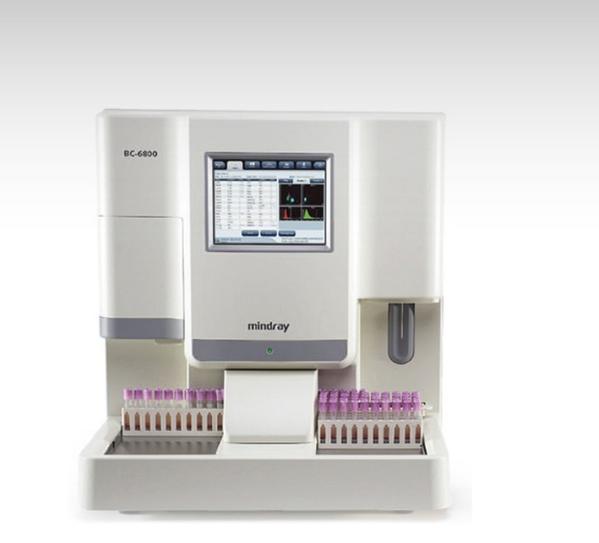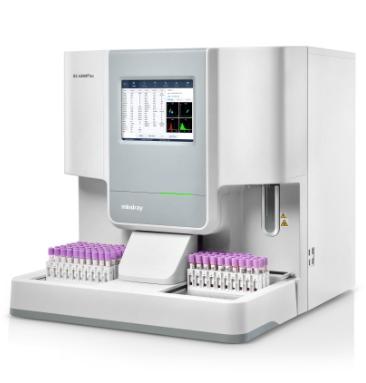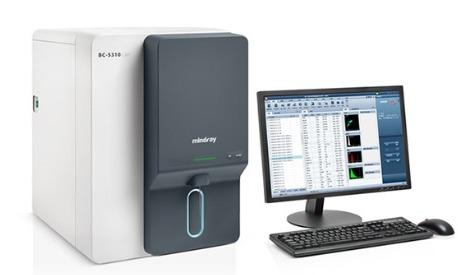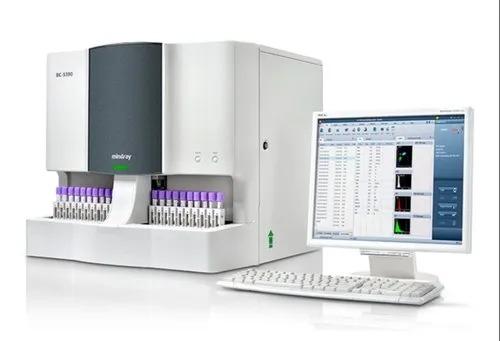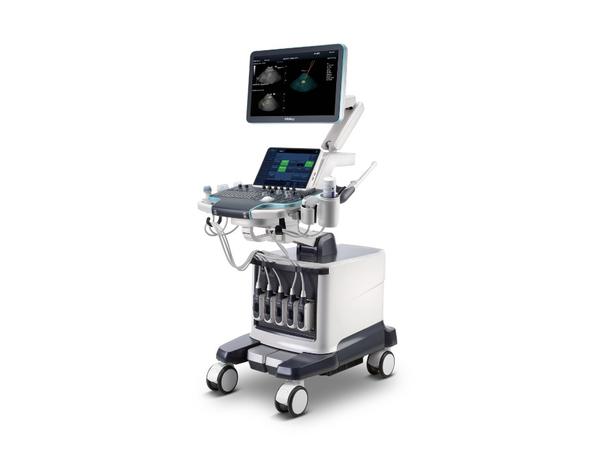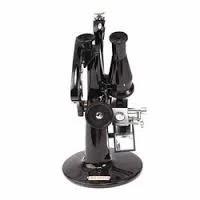Hematology
The BC-3600 Hematology analyzer features closed tube sampling via a single push button. A built-in large 10.4 inch color touchscreen allows maximum visibility. Hemoglobin analysis is performed using cyanide-free reagent. The analyzer processes up to 60 samples per hour and stores up to 40,000 results with histograms. The barcode reader and optional LIS connectivity enable seamless sample data transmission. Nearly all scheduled maintenance procedures are automated by touch buttons. The intuitive software enhances workflow efficiency and provides operators with a pleasant user experience.
Key Features
CBC plus 3-part differential, 16 parameters + 3 histograms
60 samples per hour, 1 min per CBC
Closed tube sampling, minimize operational biohazard
Built In diluent dispenser for predilution mode
All-in-one CBC result screen display; results at a glance
Touch button maintenance procedures
One maintenance reagent only – probe cleaner
Storage capacity of 40,000 results with histograms
Uploadable QC files; ensure accuracy and time efficiency
Parameters
WBC, Lymph#, Mid#, Gran#, Lymph%, Mid%, Gran%, RBC, HGB, HCT,MCV, MCH, MCHC, RDW,PLT, MPV and histograms for WBC, RBC, PLT
Principles
Electrical impedance method for cell counting and Cyanide - free for hemoglobin
Sample Volume
Prediluted 20µL
Whole Blood 21µL
Carryover
WBC/RBC/HGB≤0.5%
PLT≤1.0%
Connectivity
4 USB ports (for external printer, software upgrade, barcode reader,keyboard and mouse), LAN port (1), RS232 (1)
Printout
Thermal recorder, 50mm width paper, various printout formats,
external printer (optional)
Product Specification
Brand Mindray
Differential Type 3-Part
Model Name/Number BC 3600
Display Type Large color touch screen Resolution 800x600
Usage/Application Hospital
Throughput 60 samples per hour
Power Supply AC 100-240V,50/60 +-1Hz
Weight 62 lbs
Dimension 16 in(W) x 18 in(H) x 18 in(D)
Humidity 30%-85%
Temperature 15 ~30 Deg C
Minimum Order Quantity 1
Send Message
